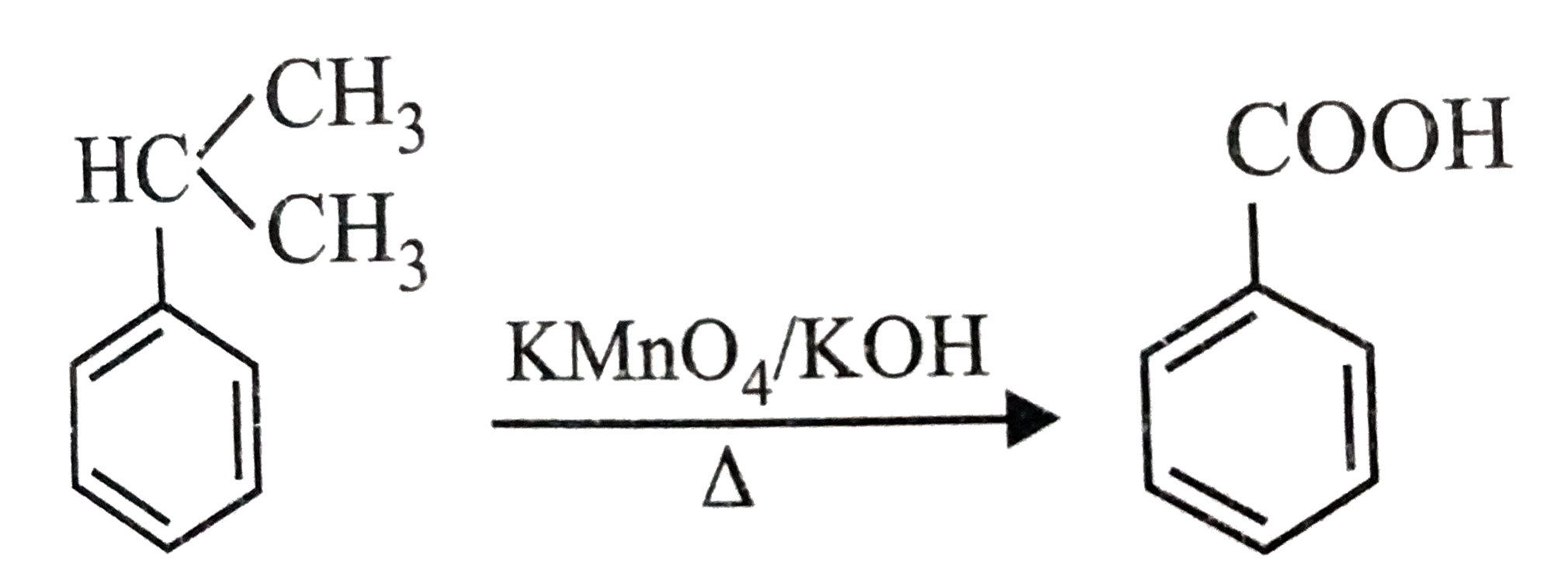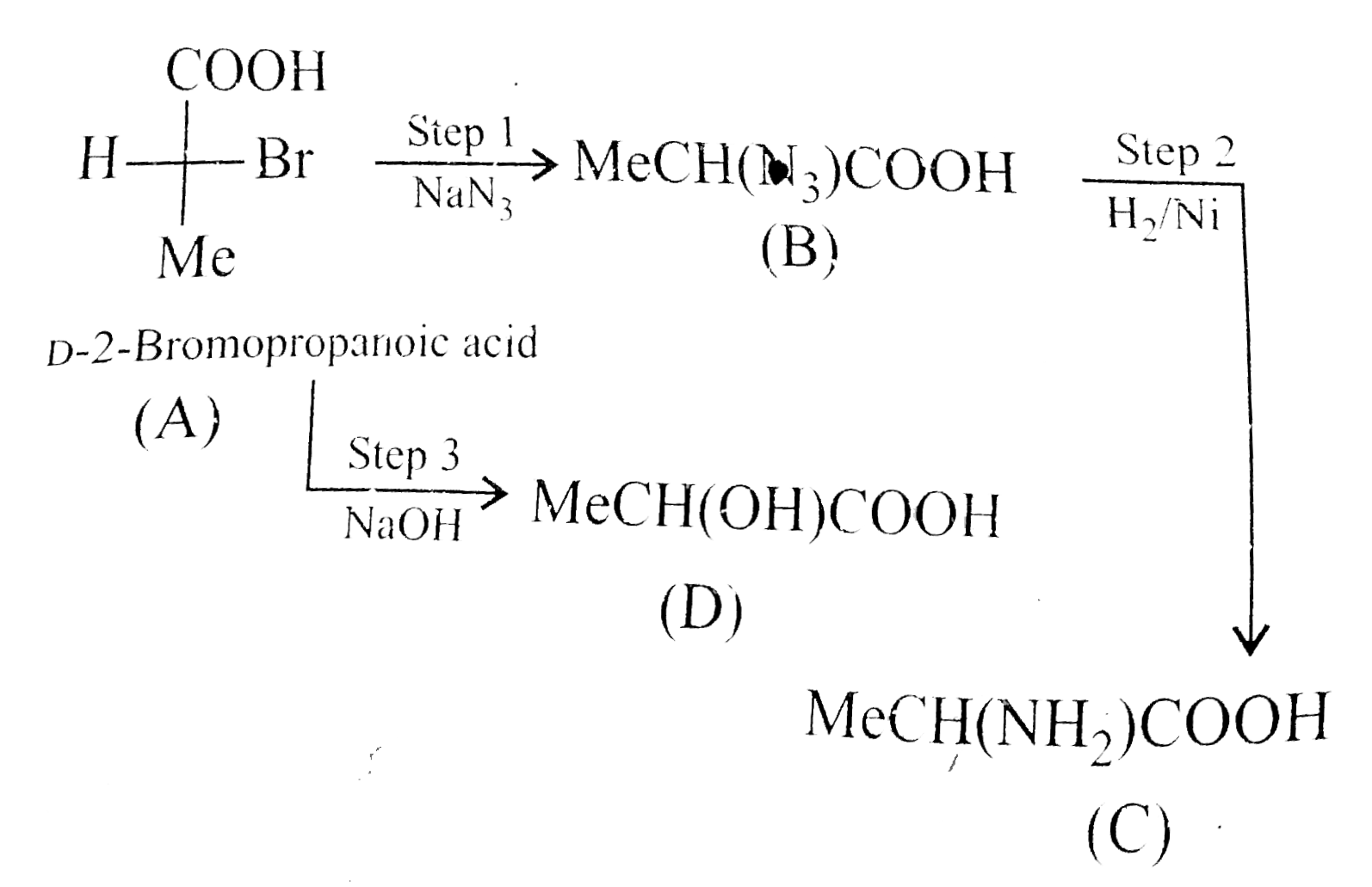In which of the following region of nephron, does maximum reabsorption of useful materials occurs?
loop of Henle
glomerulus
DCT
PCT
To determine the region of the nephron where maximum reabsorption of useful materials occurs, we can analyze the functions of each part of the nephron.
1. Identify the Regions of the Nephron: The nephron consists of several parts, including the glomerulus, proximal convoluted tubule (PCT), loop of Henle, and distal convoluted tubule (DCT).
2. Understand the Function of Each Region:
- Glomerulus: This is primarily involved in the filtration of blood. It filters out solutes like sodium ions, potassium ions, glucose, and amino acids from the blood into the Bowman’s capsule. However, it does not perform reabsorption.
- Loop of Henle: This structure is mainly responsible for the reabsorption of water and some ions, but it does not reabsorb a significant amount of useful materials compared to other parts of the nephron.
- Distal Convoluted Tubule (DCT): This region reabsorbs ions such as sodium, potassium, calcium, and bicarbonate. It also reabsorbs water when antidiuretic hormone (ADH) levels are high, but the extent of reabsorption is less compared to the PCT.
- Proximal Convoluted Tubule (PCT): This is the primary site for reabsorption in the nephron. It reabsorbs a large amount of useful materials, including vitamins, amino acids, glucose, and various ions like sodium, calcium, and potassium.
3. Conclusion: After analyzing the functions of each region, it is clear that the Proximal Convoluted Tubule (PCT) is where the maximum reabsorption of useful materials occurs.
Final Answer:
The region of the nephron where maximum reabsorption of useful materials occurs is the Proximal Convoluted Tubule (PCT).
---
- Glomerulus: This is primarily involved in the filtration of blood. It filters out solutes like sodium ions, potassium ions, glucose, and amino acids from the blood into the Bowman’s capsule. However, it does not perform reabsorption.
- Loop of Henle: This structure is mainly responsible for the reabsorption of water and some ions, but it does not reabsorb a significant amount of useful materials compared to other parts of the nephron.
- Distal Convoluted Tubule (DCT): This region reabsorbs ions such as sodium, potassium, calcium, and bicarbonate. It also reabsorbs water when antidiuretic hormone (ADH) levels are high, but the extent of reabsorption is less compared to the PCT.
- Proximal Convoluted Tubule (PCT): This is the primary site for reabsorption in the nephron. It reabsorbs a large amount of useful materials, including vitamins, amino acids, glucose, and various ions like sodium, calcium, and potassium.
The region of the nephron where maximum reabsorption of useful materials occurs is the Proximal Convoluted Tubule (PCT).
Topper's Solved these Questions
- BOOK - ICSECHAPTER - EXCRETORY PRODUCTS AND THEIR ELIMINATIONEXERCISE - REVIEW QUESTIONS (Fill in the blanks: )14videos
EXCRETORY PRODUCTS AND THEIR ELIMINATION
- BOOK - ICSECHAPTER - EXCRETORY PRODUCTS AND THEIR ELIMINATIONEXERCISE - REVIEW QUESTIONS (True/false: )10videos
EXCRETORY PRODUCTS AND THEIR ELIMINATION
- BOOK - ICSECHAPTER - ENZYMES EXERCISE - REVIEW QUESTIONS (LONG ANSWER TYPE QUESTIONS)6videos
ENZYMES
- BOOK - ICSECHAPTER - KINGDOM FUNGI EXERCISE - REVIEW QUESTIONS (LONG ANSWER TYPE QUESTIONS)5videos
KINGDOM FUNGI
Similar Questions
Knowledge Check
- Question 1 - Select One
Which of the following reactions does not occur ?
A B
B C
C D
D
Which of the following does not occur?
View SolutionWhich of the the following process does maximum destruction of ozone
View SolutionPart of nephron where maximum reabsorption of nutrients occur is lined by
View SolutionIn which of the following steps does inversion occur?
 View Solution
View SolutionWhich of the following liquids does expand maximum on heating?
View SolutionWhich of the following uses maximum energy ?
View SolutionWhich of the following materials has got the maximum retentvity ?
View Solution

